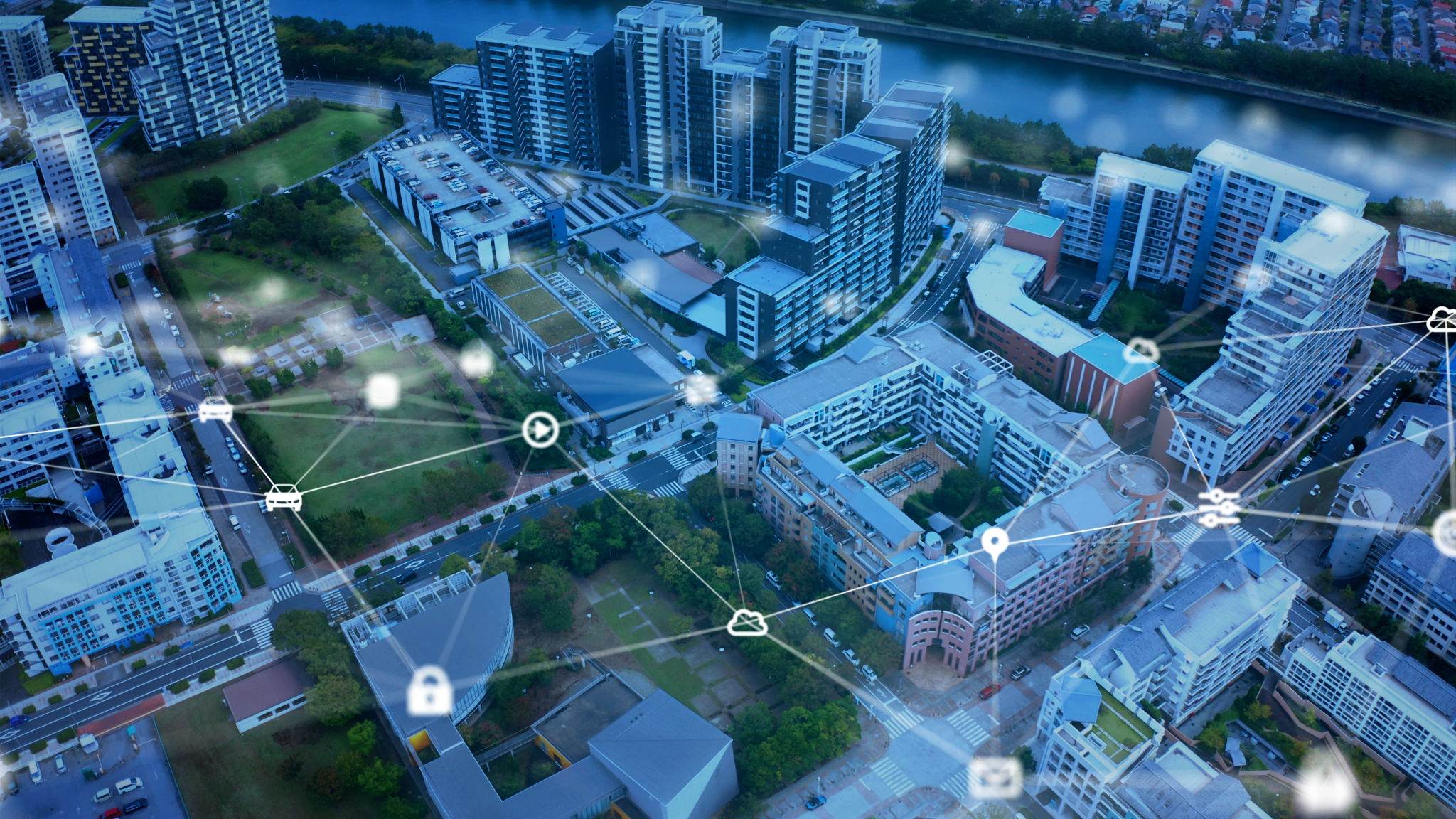Exploring Eco-Friendly Architectural Trends in Canada
Understanding Eco-Friendly Architecture
In recent years, eco-friendly architectural trends have gained significant momentum across Canada. This movement is driven by a growing awareness of environmental issues and a desire to create buildings that are not only functional but also sustainable. Eco-friendly architecture emphasizes the use of renewable resources, energy efficiency, and sustainable building practices.
The primary goal of eco-friendly architecture is to minimize the environmental impact of buildings. This involves designing structures that use less energy, generate less waste, and incorporate sustainable materials. By doing so, architects aim to reduce the carbon footprint of their projects and promote a healthier environment for future generations.

Key Features of Sustainable Architecture
Several key features define sustainable architecture. One of the most important aspects is energy efficiency. Buildings are designed to use less energy through better insulation, efficient heating and cooling systems, and the integration of renewable energy sources like solar panels.
Another critical feature is the use of sustainable materials. This includes recycled materials, responsibly sourced wood, and non-toxic finishes that reduce indoor pollution. By prioritizing these materials, architects contribute to reducing the depletion of natural resources and promoting sustainable forestry practices.

Innovative Design Techniques
Architects are employing innovative design techniques to create eco-friendly buildings that blend functionality with environmental consciousness. These techniques include green roofs, which provide natural insulation and help manage stormwater. Green roofs also offer a habitat for wildlife and contribute to urban biodiversity.
Additionally, rainwater harvesting systems are becoming increasingly common in new constructions. These systems collect rainwater for non-potable uses such as irrigation and flushing toilets, thereby conserving water and reducing the demand on municipal systems.
The Role of Technology in Sustainable Architecture
Technology plays a crucial role in advancing eco-friendly architectural trends. Smart building systems allow for real-time monitoring and control of energy usage, ensuring that resources are used efficiently. These systems can adjust lighting, heating, and cooling automatically based on occupancy and weather conditions.

Moreover, building information modeling (BIM) is transforming the design process by enabling architects to create precise digital replicas of their projects. BIM helps identify potential environmental impacts early in the design process, allowing for more informed decision-making and reducing waste during construction.
Community Impact and Benefits
The benefits of eco-friendly architecture extend beyond environmental impact; they also enhance community well-being. Buildings designed with natural light and improved air quality contribute to healthier living and working environments. Additionally, eco-friendly buildings often have lower operating costs due to reduced energy consumption, making them economically attractive in the long term.

These sustainable structures can also serve as educational tools, raising awareness about environmental issues and inspiring future generations to prioritize sustainability. As more communities embrace eco-friendly architecture, Canada is setting an example for the rest of the world in promoting a sustainable future.